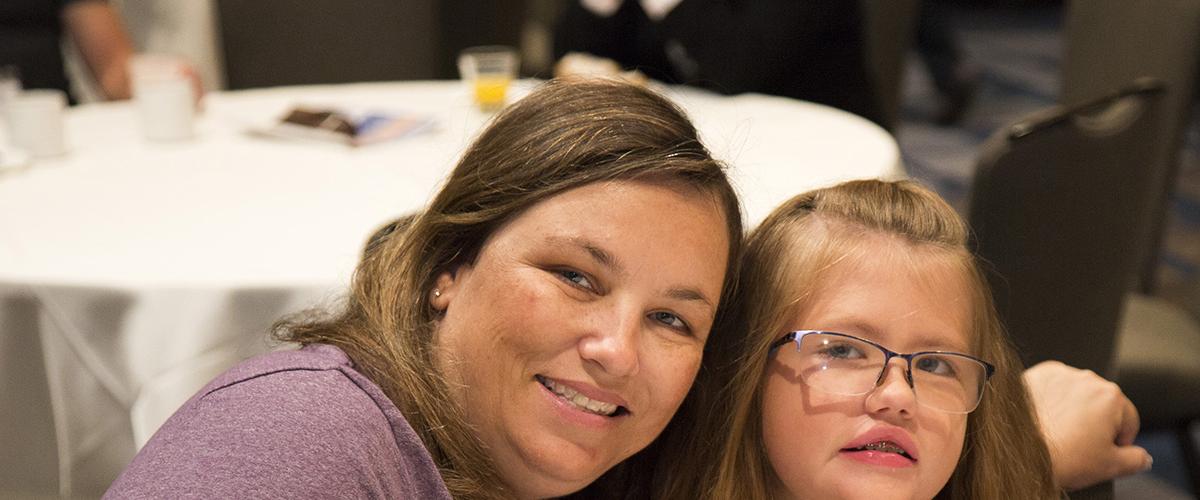
Helping Family and Beyond
Julia Thorsness’ husband Jim was diagnosed with myotonic dystrophy type 1 at the age of 40. As his health worsened, his mobility suffered, and he retired early from his job working with the state of Alaska leasing land for rural airports.
Julia continuing working full-time, but also served as a caregiver to her husband until his death at 59. But after retiring in June, Julia decided to put her professional and personal experience to work to help DM patients and caregivers by organizing a support group in Alaska.
“You try to think how you can encourage others. We didn’t know other families that were living with myotonic dystrophy,” said Julia. “I’m not sure I would have had the energy to join a support group, but knowing others were there and being able to connect via email would have been very nice.”
Julia knows what it’s like to try to balance work and caregiving, how to become educated about the disease and its symptoms, and how to lend a supportive ear. Even though she lost her husband, her connection to the disease continues as her son Timothy, who is 30, was diagnosed about ten years ago with DM1. Her daughter Becky, 34, has not been tested, but shows no sign of having the disease.
Connecting Alaska to Create Support
Julia has been working with MDF to connect with people in Alaska who have the disease to gauge their interest in participating in a support group and determine how to best structure it. Based on the prevalence of the disease and the population of the state, there may be an estimated 100 people throughout Alaska with myotonic dystrophy. Julia has been in touch with five people so far.
About half of the state’s population lives in Anchorage, but Alaska is large, and its population is geographically dispersed. The expectation is that meetings will be held over the phone or online, and then face-to-face meetings could be convened three or four times a year depending on the interest of participants.“
You are so busy balancing caregiving and living with myotonic dystrophy, that making meetings a priority is difficult,” said Julia. “For right now, it seems email is working the best.”
Educating Alaskan Clinicians
Julia said among the biggest issues people with DM in Alaska face is access to doctors who are experienced with treating the condition, or at least willing to learn about the disease and care guidelines for treating patients. The Muscular Dystrophy Association at one time had a clinic in Anchorage, but that no longer exists, and the loss of the clinic has made access to physicians who are experienced in the disease challenging. Julia attends conferences in the state to make general practitioners in Alaska aware of care guidelines for the condition and distributes them to the doctors she meets.
Asked whether her husband Jim had offered their son any advice about living with DM, she said his biggest piece of advice was “to live to your fullest.” “Don’t let it define you,” said Julia. “For so many families the caregiving is overwhelming because of the complications and symptoms. That was not our reality.”
Remembering Self-Care
Julia’s own advice to caregivers is find balance in their own lives. “Be good to yourself and know that you are doing the very best you can at that time,” she said. “I think we all have a tendency to have high expectations of what we should be able to do, and reality is that you do the very best that you can.”

